When it comes to monitoring the performance of your business, it is important to understand the difference between leading and lagging indicators for your KPIs. Leading indicators are those that predict future performance while lagging indicators provide a look at past performance. Knowing the difference between the two is essential to tracking and measuring the success of your business. This blog post will discuss the differences between leading and lagging indicators and how they can be used to monitor and measure your Key Performance Indicators (KPIs).
What Are KPIs?
KPIs, or Key Performance Indicators, are measurable metrics used to evaluate a company’s or organization’s performance. They help organizations track their progress against their objectives and goals. KPIs provide insights into the progress and performance of the company by measuring specific activities, such as sales volume, customer satisfaction, employee engagement, and more. By monitoring KPIs, organizations can take corrective action and improve their operations. They provide a quantitative measure of the performance of a business, which helps in understanding the areas that need improvement. The right KPIs also help in identifying growth opportunities. Different KPIs can be used for different industries, with some of the most commonly used KPIs including customer retention rate, customer acquisition cost, customer lifetime value, average order size, and more. Additionally, there are two types of indicators associated with each KPI: leading indicators and lagging indicators.
What Are Leading Indicators?
Leading indicators are metrics that predict future performance. They measure activity or progress towards a goal. They provide insight into how well a process works and can be used to set achievable goals and make informed decisions. For example, measuring the number of customer inquiries received in a given month would be a leading indicator that could help you predict the number of customers who might purchase your product or service in the coming months.
Leading indicators can help businesses stay ahead of potential issues and ensure they’re on track for success. They provide insight into how to improve processes to reach goals faster and identify opportunities to increase efficiency. Businesses can better anticipate changes and make more informed decisions by measuring and understanding leading indicators. This knowledge helps them prevent losses due to unforeseen market conditions and take advantage of new opportunities. In addition, it enables them to develop strategies to achieve their desired outcomes more quickly.
Leading Indicator Examples
- Customer Satisfaction Survey Responses: Tracking customer satisfaction through surveys can help you identify potential problems and gauge how well customers are being served.
- Lead Time: Looking at how quickly products move from the production stage to the customer is a great way to understand how efficient the process is.
- User Engagement: Keeping tabs on user engagement, such as clicks, downloads, likes, and shares, can give you insight into how people are responding to your product or service.
- Churn Rate: Keeping an eye on the churn rate (the rate at which customers leave your business) can give you insight into customer satisfaction and loyalty.
- Average Order Value: Keeping track of the average order value lets you know how much customers are willing to spend with your business.
- Cost Per Acquisition: Monitoring cost per acquisition helps you understand how much it costs to acquire new customers.
- Repeat Purchase Rate: The repeat purchase rate measures how often customers come back to make additional purchases.
- Social Media Activity: Tracking activity on social media platforms like Twitter and Facebook can give you insight into customer sentiment and engagement. Measuring the reach and frequency of your posts and ads is also important, as this will allow you to determine whether your messages are resonating with your audience.
Another leading indicator to watch out for is customer feedback – this could be in the form of reviews, ratings, comments, or other types of responses. Listening to what your customers have to say will help you address their concerns before they become bigger issues. Additionally, tracking website traffic data such as time on page and bounce rate will provide insight into your content’s engagement and if visitors find what they’re looking for on your site. Finally, monitoring market trends can be useful in predicting future consumer behavior so that you’re prepared for changes in demand.
What Are Lagging Indicators?
Lagging indicators are performance metrics that measure the success of an organization after a certain period of time. Unlike leading indicators, lagging indicators are not predictive. They measure the end result of something that has already happened. Lagging indicators provide an organization with valuable insight into its current performance, but they do not give any indication of what might happen in the future.
Lagging indicators help organizations to gauge their performance on a long-term basis. They are often used to evaluate the success of a strategy or initiative, measure how well a process or project is going, and determine the overall effectiveness of an organization. As such, they are important for understanding how well an organization is doing in relation to its goals.
Examples of lagging indicators include profit and loss, customer satisfaction surveys, net promoter scores, and cost savings. While these indicators are useful for understanding the overall success of an organization, they do not provide insight into what can be done to improve performance or prevent future issues.
To get the most out of lagging indicators, it is important to compare them against other metrics, such as leading indicators. This comparison allows organizations to understand the cause-and-effect relationship between different elements of their operations and identify areas where improvements can be made. Additionally, lagging indicators should be tracked over time to look for trends or patterns. By regularly assessing your lagging indicators, you can recognize potential problems before they become serious and take action to fix them.
Lagging Indicator Examples
Lagging indicators are measures of performance that reflect the results of past actions. They tell you what has happened and provide feedback about how your business has done over a certain period of time. Examples of lagging indicators include:
- Return on Investment (ROI): This is the most common type of lagging indicator used to measure a company’s financial performance. It is calculated by dividing the profits earned by the amount of money invested.
- Customer Retention Rate: This metric measures how many customers have stayed with your business over a given period of time. It is calculated by subtracting the number of new customers from the total number of customers at the start of the period and then dividing it by the total number of customers at the start.
- Net Promoter Score (NPS): This metric measures customer satisfaction and loyalty. It is calculated by asking customers to rate their overall experience with a company on a scale from 0-10.
- Profitability Ratio: This ratio is used to determine the efficiency of your operations by comparing the income and expenses of your business over a certain period of time. It is calculated by dividing the net income (or profit) by total revenue.
These are just a few examples of lagging indicators that can be used to measure a company’s performance. Tracking these metrics over time allows you to identify trends and make adjustments to improve your business’s operations and bottom line.
Which is Better?
When it comes to choosing between leading and lagging indicators, there is no one-size-fits-all answer. Both types of indicators can provide valuable insight into the performance of your KPIs.
Ultimately, it’s important to use both types of indicators in order to get a full picture of your performance. While leading indicators help you plan for the future, lagging indicators provide you with more information about past events. This allows you to ensure that you are learning from your mistakes and that your strategies are still effective. In addition, when used together, leading and lagging indicators can give you an understanding of how your organization is performing in the short and long term.
How to Use Both Types of Leading and Lagging Indicators?
The best way to leverage both types of indicators is to use them together to form a comprehensive KPI system.
It’s important to set up a plan for tracking and reporting. You should consider how often you will track each indicator and how you will report on them. Setting goals for each indicator can also help keep you motivated and focused on your objectives.
Once you’ve established a system for tracking both types of indicators, you should also look for ways to combine them. For example, a lagging indicator, such as customer satisfaction ratings, could be paired with a leading indicator, such as customer engagement metrics. By looking at both data types, you can gain a more complete picture of your business’ performance and make more informed decisions.
Finally, when it comes to interpreting and using the data, it’s important to consider the context. Different industries and businesses have different needs, and it’s important to take those into account when looking at the data. A leading indicator that works for one company may not work for another, so it’s important to adjust your strategy accordingly.
By using leading and lagging indicators together, you can better understand your business and make more informed decisions. Remember to tailor your KPI system to your individual business needs and use both indicators when setting and monitoring goals.
Need Help Setting Better Leading and Lagging KPIs?
Our strategic partner, Jimmy Newson Consulting, specializes in helping you set better KPIs and develop a comprehensive strategic plan.
Their Objective and KPI Workshop is designed to give your leadership team the best possible start in creating powerful Objectives and measurable KPIs that will help you succeed. Their experienced consultants will guide you through the process of writing meaningful objectives and creating measurable KPIs – both leading and lagging.
They also provide an introduction to Cascade, our strategy tool of choice, and how it can be used to easily populate your projects based on the Objectives and KPIs developed in the workshop.
By the end of the workshop, your team should have a comprehensive strategic plan with detailed Objectives and measurable KPIs that will help your business reach its goals.
If you would like to learn more about our Objective & KPI Workshop or book a session for your team, please contact them today!
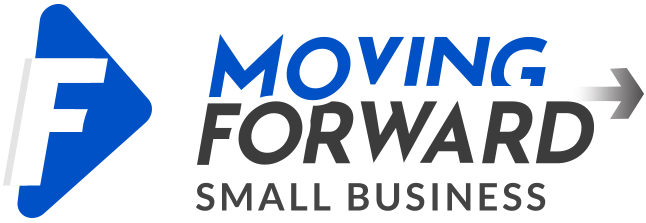
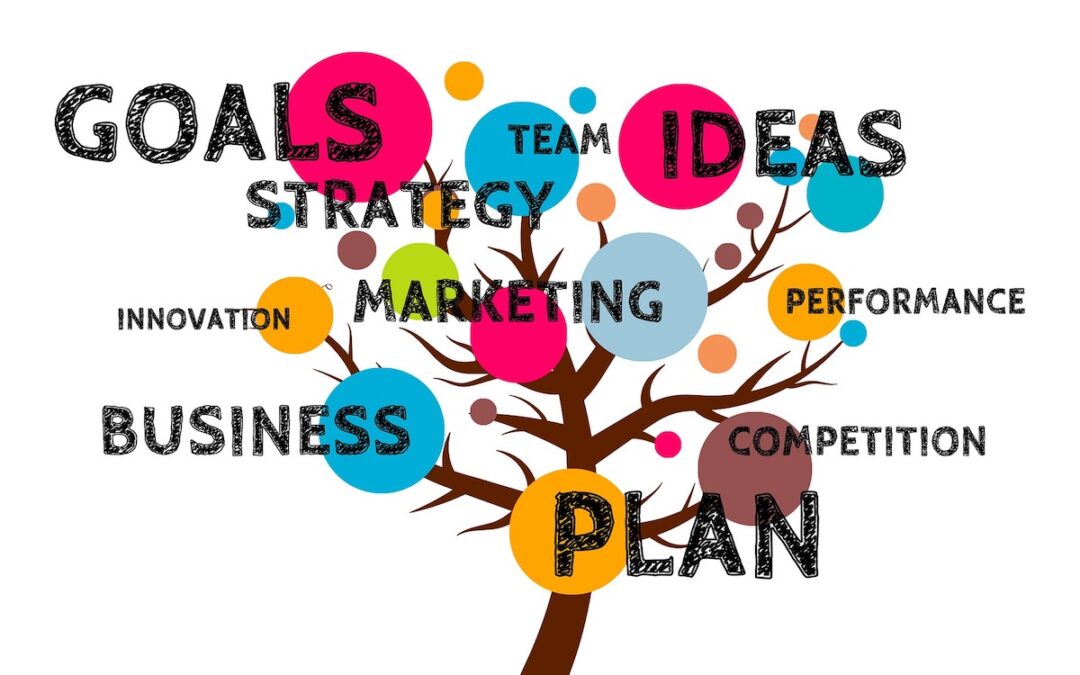
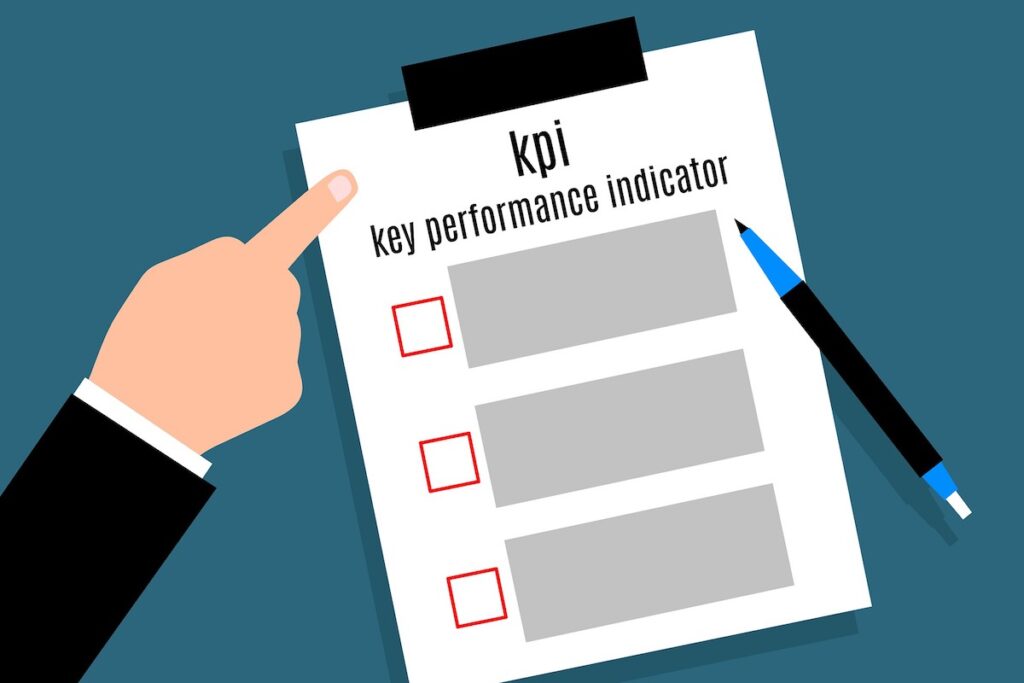
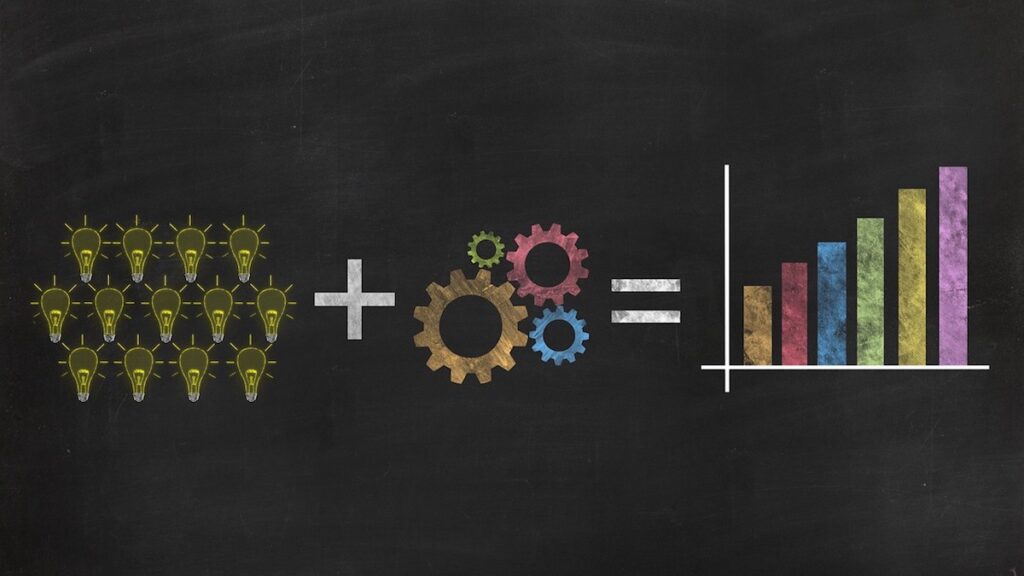
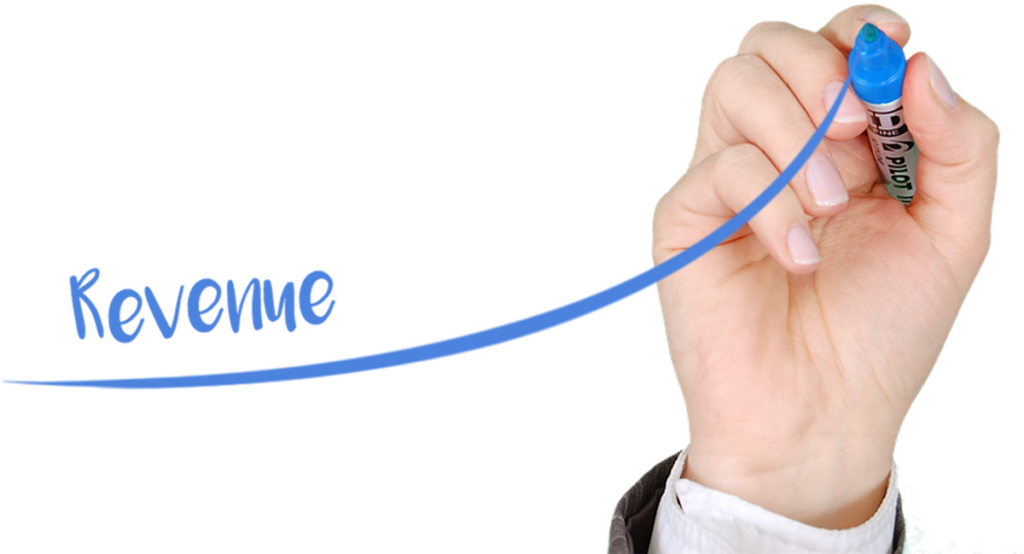
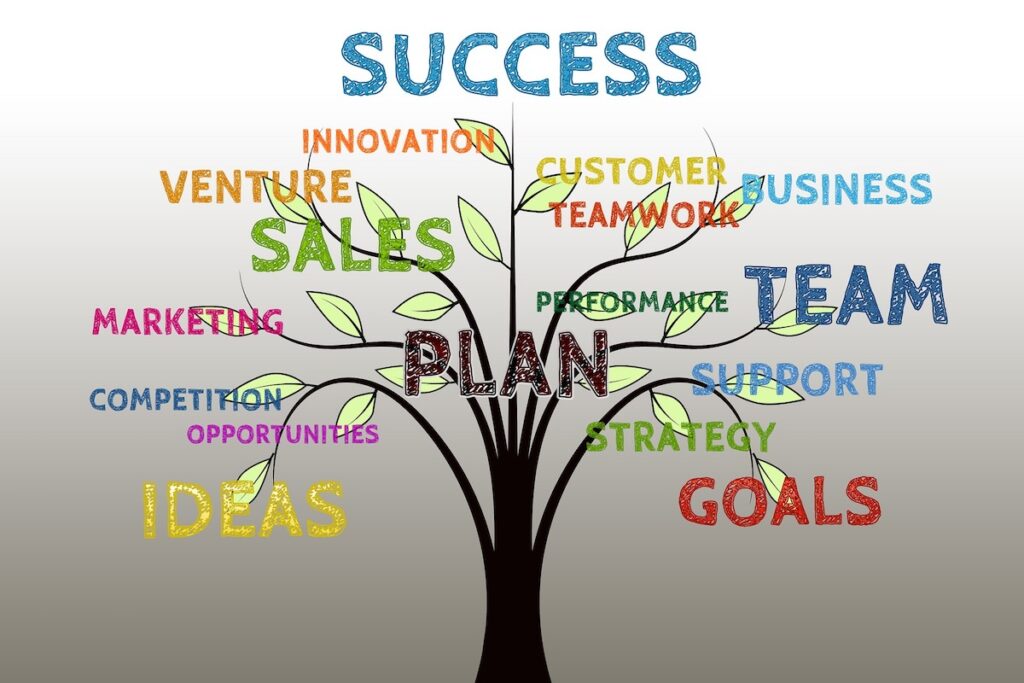
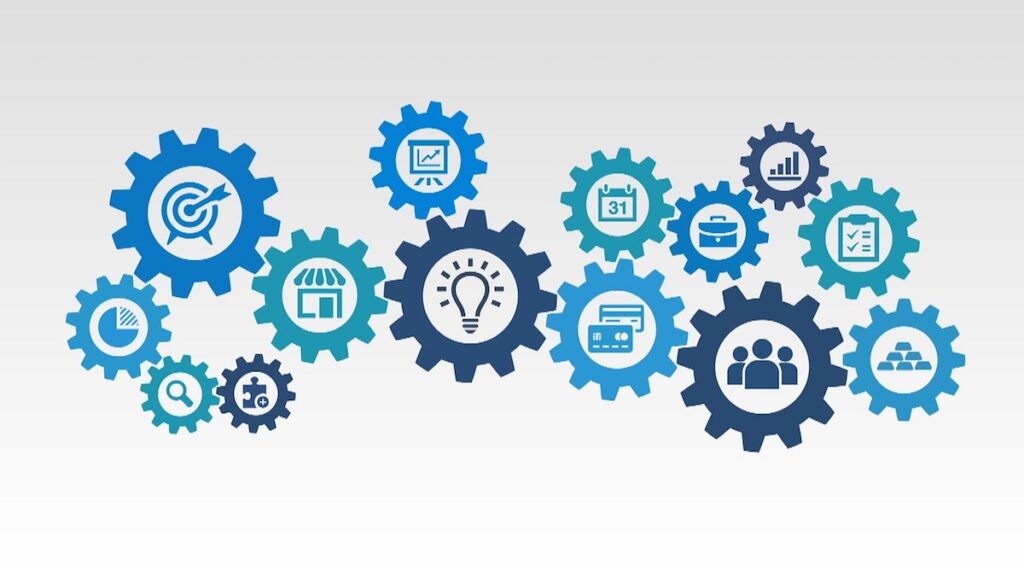


Steph Davis MS
E. therapeutics
NYC
This is a very informative article on KPI strategies . It is helpful for R & D teams with new products coming out using expanded R & D methods .
Networking meetings also gave us new clients in the US and overseas . Will be using Business wire and marketing resources .